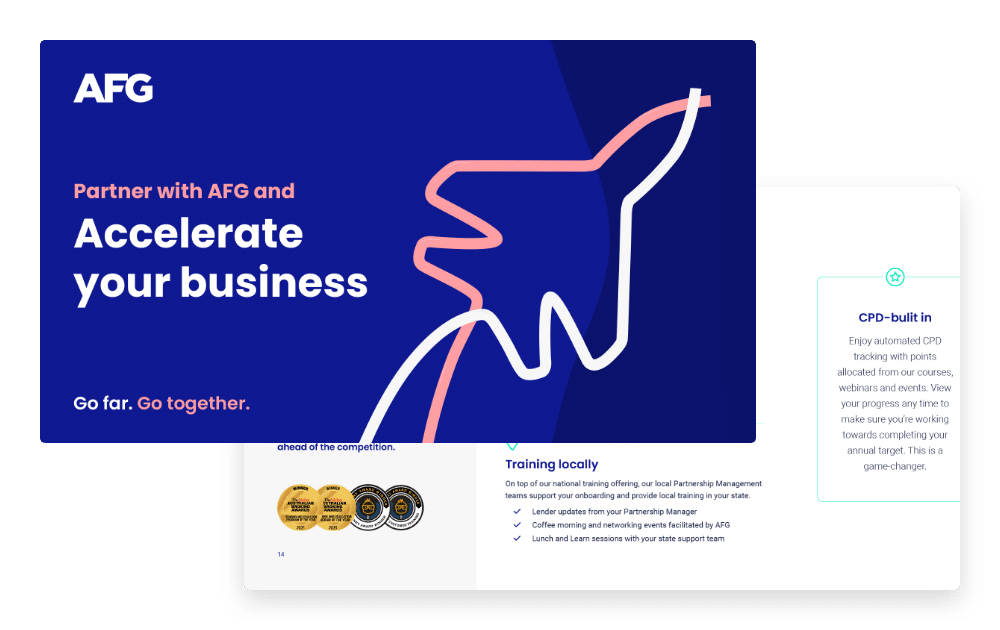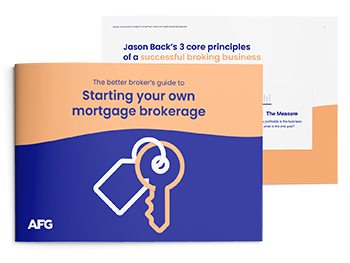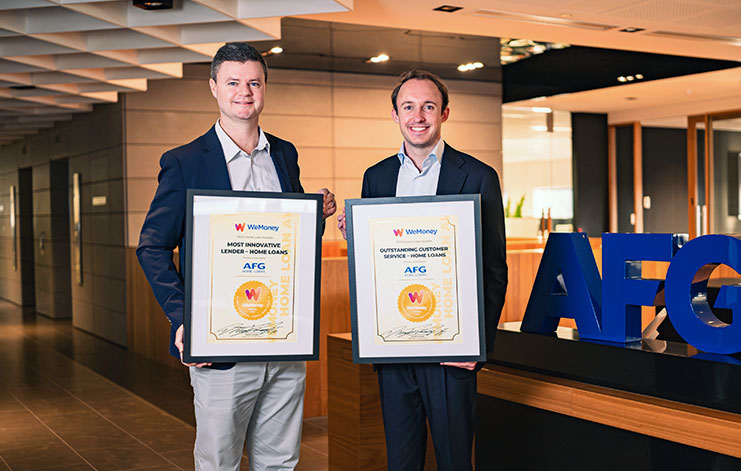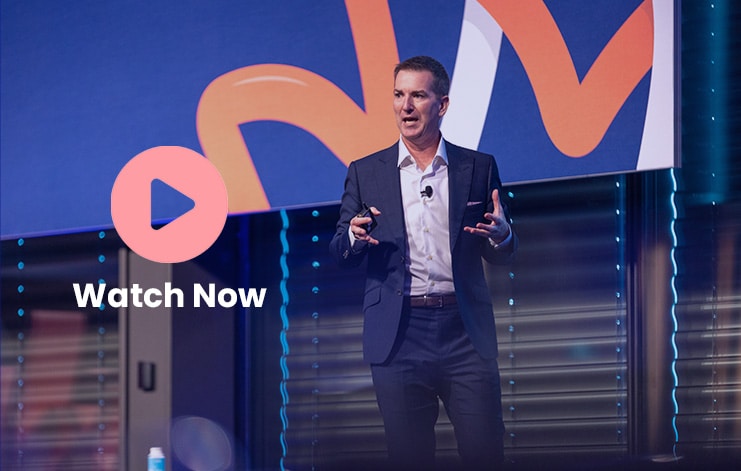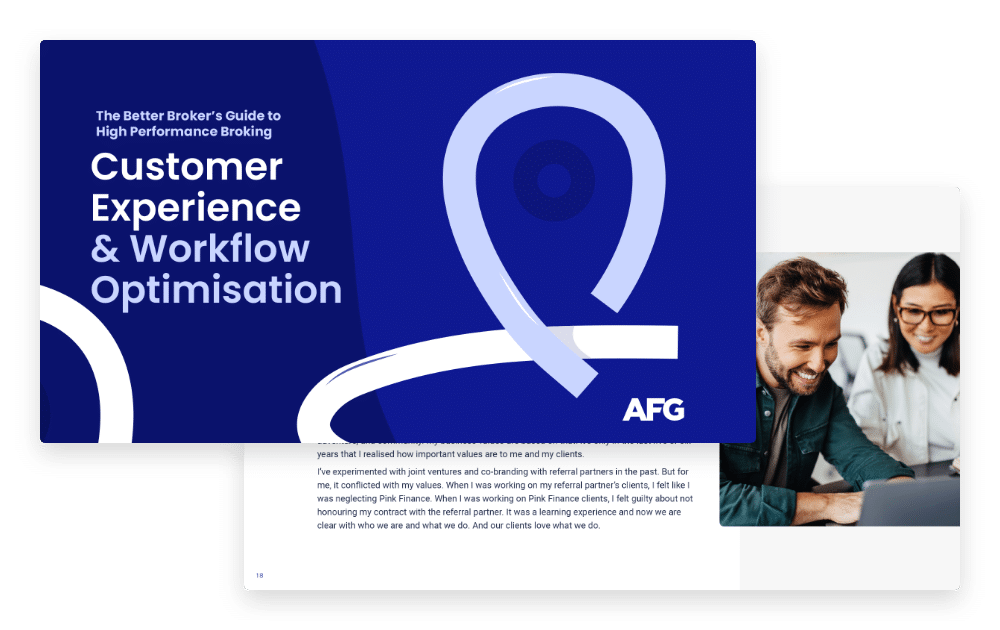How do you hire the right person for the job? Now that’s a brain teaser Google is happy to share the answer to.
Google was once famous for throwing curly brain teasers into its hiring process. Questions actually posed to Google interview candidates over the years have included doozies such as, “A man pushed his car to a hotel and lost his fortune. What happened?” (Hint: think Monopoly). And, “How much should you charge to wash all the windows in Seattle?” (The trick is to come up with a simple answer, rather than a total. For example, $2 per window.). The theory went that these questions, along with more traditional queries, would help Google spot lateral-thinking innovators among the crowd.
Turns out they were wrong.
Last year Laszlo Bock, senior vice-president of People Operations at Google, published the book Work Rules!: Insights From Within Google that will Transform How you Live and Lead. It revealed the company’s latest thinking on how to hire the best and brightest.
Bock wrote that lateral-thinking questions had been axed from Google interviews after being found to be next to useless in staff selection. “(Brainteasers) serve primarily to make the interviewer feel clever and self-satisfied. They have little if any, ability to predict how candidates will perform in a job,” Bock wrote.
In fact, some curveball questions, such as “What do you think about when you’re alone in your car?” could actually trigger unhelpful bias in interviewers, along the lines of: “OMG! I think about the same things in the car,” Bock wrote.
So how do you get your hiring right? It is, after all, one of the most important decisions any business owner, particularly a small business owner, makes. In his book, Bock has outlined a scientific method to take some of the ‘gut work’ out of interviewing and hiring. He wrote that studies had shown interviewers often worked on impressions formed within the first few seconds of meeting a candidate.
So the first step to effective interviewing was being conscious of any biases and keeping first impressions in check. In laying out which interview methods were most effective Bock cited a 1998 article published in Psychological Bulletin by Frank Schmidt and John Hunter, which analysed 85 years of research data. It found work sample tests – where employees were asked to complete a task related to their job – were the best indicator of job performance, with a weighting of about 29 percent.
Other highly predictive selection methods, according to Hunter and Schmidt, were structured interviews (at 26 percent), in which candidates were asked a consistent set of questions directly related to the job and their prior experience. Also correlating strongly with good job performance were tests of general cognitive ability (26 percent).
By comparison, other selection criteria that correlated weakly with predicting good job performance included references (seven percent), years of work experience (three percent) and a good performance in unstructured interviews (14 percent).
Tips to get your hiring right.
- Be aware of your own bias. A study published in 2000 by the University of Toledo reported that judgments made in the first 10 seconds of an interview could predict the outcome. Essentially, the majority of the interview is spent trying to confirm that initial impression, rather than truly assessing applicants. It is important to get on with employees, but just because you like someone does not mean they will be good at their job.
- If you are interviewing for a job that is task oriented, include a work sample test where possible. Giving an applicant some sample work to perform, even if it is submitted before or after the face-to-face interview process, is a strong indicator of on-the-job performance.
- Structured interviews take time to prepare but ultimately deliver the strongest indicators of job performance. Questions should be consistent for all candidates and draw on real and hypothetical job-related scenarios, such as: “Describe a situation where you were responsible for getting others to make a change”. For a quick and easy short-cut, Bock has referred business owners to the US Department of Veterans Affairs website’s Performance Based Interviewing site (www.va.gov/PBI/Questions.asp) to find sample questions. “Use them…you’ll do better at hiring immediately,” he said.
- Depending on the size of your business, consider including junior staff in the selection process. Bock has revealed that while most job applicants met high-ranking staff during the interview process, Google turned this on its head. Along with meeting the bosses, Google candidates also met staff who would work for them, and who were encouraged to have a voice in the selection process.

